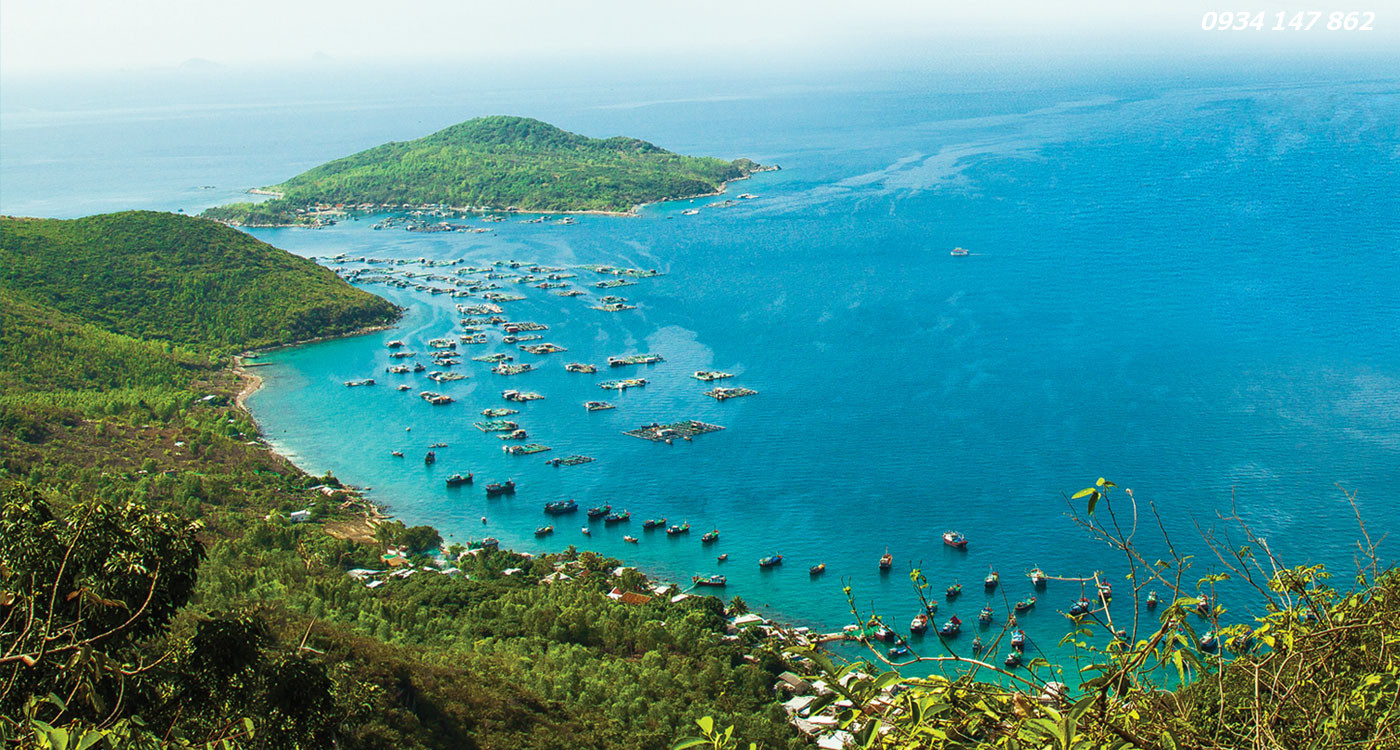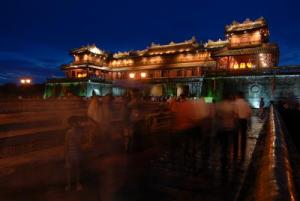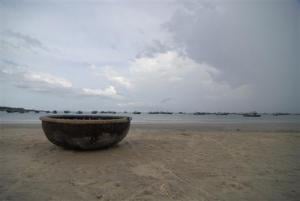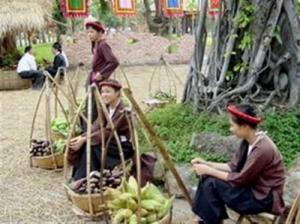Cam Ranh Bay: Of Lobsters and Beauty

Cam Ranh Bay has always been known for its beauty. Set between the sea and mountains, the place is a natural masterpiece which makes it a constant attraction to people from all over the world.
Being surrounded by mountains from three sides and the sea on the fourth, Cam Ranh Bay is a naturally closed, wide and deep bay. Since the water is calm, too throughout the year, this gives it the advantage of being able to put up large-tonnage ships of around ten thousand tons at the port and 20 thousand tons at the bay door.
Cam Ranh Bay has many things to offer both to tourists and to its local residents. Aside from the breathtaking mountains and sea which surround the place, Cam Ranh Bay also has a stunning landscape. The coastal line is decorated with residential areas such as Ba Ngoi, Da Bac, and Bao Gieng; while the peninsula across is dotted with Mi Ca, Binh Ba and Vung Nom Communes. Binh Da is known for its year-long heavenly sea breezes and scenery. It can be reached by taking a 40-minute boat ride from the port of Da Bac (Ba Ngoi). Vung Nom is a busy fishing village located at a contrasting serene environment of riverbank, gardens and trees. Yellow apricots bloom the whole year, a pretty sight for both the tourists and locals. Day time can be crowded and noisy with the bustling activities of the community, but the night more than makes up for it by its extraordinarily peaceful atmosphere.
Thuy Trieu Lagoon is especially known for its blood cockle, whose taste is said to be the same as that of the famous lobster of O Loan Lagoon in Phu Yen Province. The lagoon has a shallow water tide, an ideal breeding ground for the sea creature. Binh Ba is a popular place for its gigantic lobsters which can grow as much as seven to eight kilos and have antennaes that can grow as long as one meter. Other seafoods like snail, crab, seaweed, squid, and fish, among others, are also abundant in Cam Ranh. In the summer, a one-of-a-kind variety of mango fruit which is small but very sweet can be found only at Cam Ranh Bay. Moreover, all the foods are affordable.
When it comes to the economy, industry and tourism, Cam Ranh Bay has so much potential. Aside from its natural blessings, it is also hailed as one of the national major gateways in exporting products from the central Highlands such as rubber, tea, coffee, tobacco, sugar, fruits and forestry products. Ba Ngoi is rich in white sand, which contains sillic, the material for chemical industry and producing glass and crystal. Other businesses like shipping, fishing and seafood processing also have a good outlook at Cam Ranh because they can supply hotels, restaurants and other establishments, and can even expand into exporting.
Cam Ranh Bay is about 100 kilometers squared in size, between five to six kilometers in width, nearly 15 kilometers in length, and about 15-20 meters deep. To reach the bay, one has to start from Nha Trang City, then take a 40-kilometer ride from the National Highway Number 1 to the South, turn East, then pass through Long Ho Bridge. Cam Ranh Bay is indeed a worthy tourist destination that a poem even from long age was made about its legendary lobster and mouth-watering delicacies as a whole:
“Lobster in Binh Da
Dried deer meat in Dien Khanh
Snakehead fish in Vo Canh
Blood cockle in Thuy Trieu.”









